The Carbase Guide to Caring for Your Tyres
Your tyres are a crucial part of your car and the only part of your vehicle that touches the ground, meaning they are responsible for your steering, braking and accelerating; so they play a huge part in your road safety.
It's not just that they keep us safe on the road, and help provide a smooth ride, they're an important part of a car's MOT, with their condition, security, size, type and depth all inspected. You can see the official Government guidelines on tyre defects and damage Here >

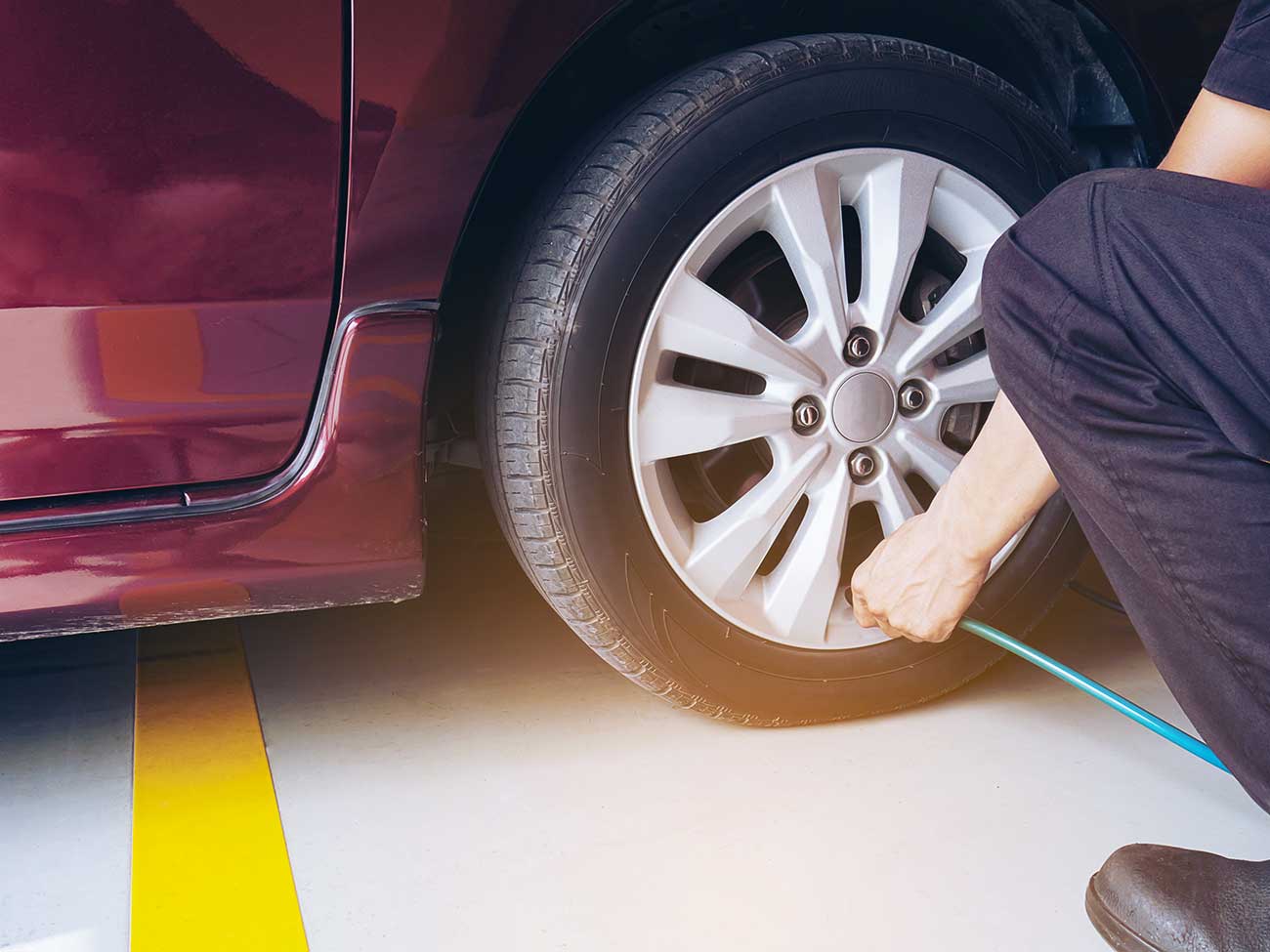
Check your tyre pressure regularly
Checking your tyre pressure should be done about once a month, or just before a long journey. Having too low or too high pressure can affect the steering, braking and handling of your car, and it can also cause greater fuel consumption and wear and tear.
Your vehicle handbook will detail the correct tyre pressure for your vehicle, and you can check your pressure at many petrol stations, or at home if you have a pressure gauge.
When checking your tyre pressure, the tyres should be cold, and don't forget to check the spare tyre!
Changing your tyres at Carbase Autocentre >
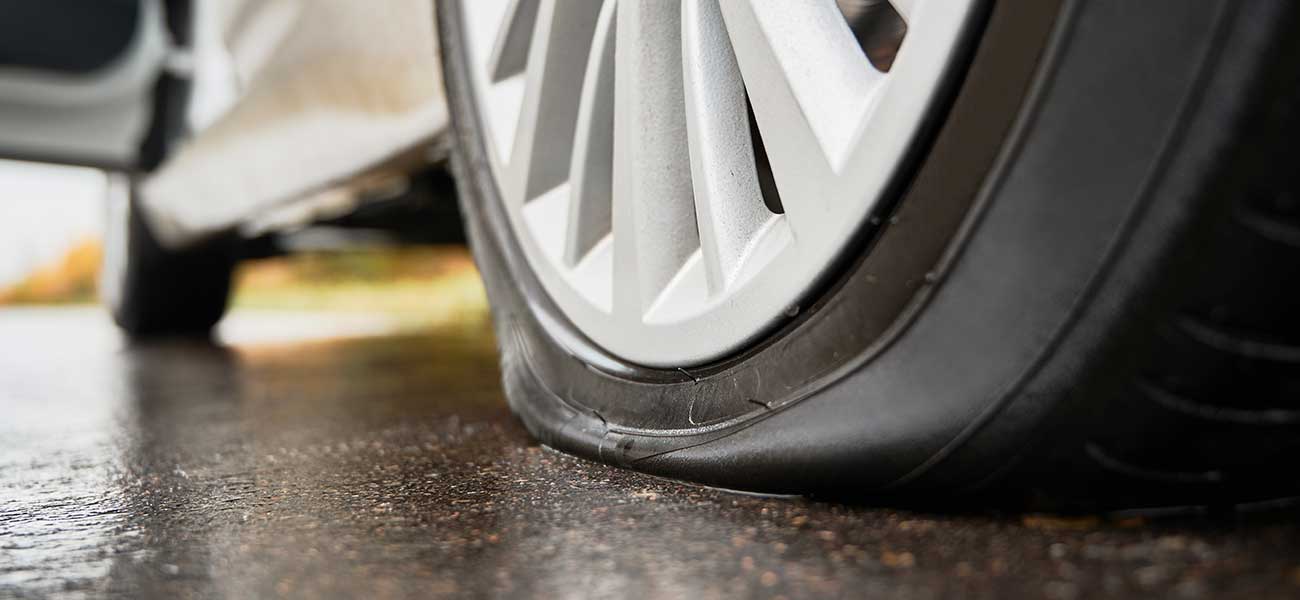
Check for damage
It goes without saying that a nail in your tyre isn't good. You can check for damage very easily with a visual inspection, making sure there aren't any punctures, cuts, cracks or bulges.
If you do notice anything that is cause for concern, get the tyre(s) checked by a professional as soon as possible.
Our Autocentres are here to help and can take care of your tyres and the rest of your car. The skilled Autocentre team are responsible for ensuring all our used cars are in top shape, so they know how to take care of tyres.
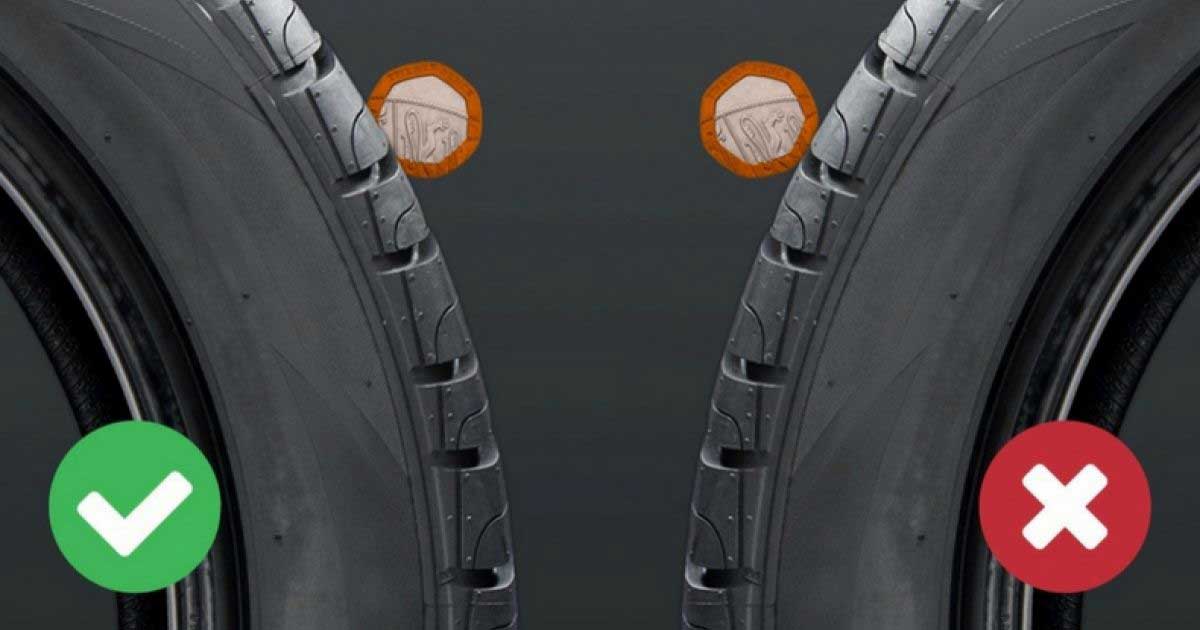
Check the tread depth on your tyres
Checking the depth of your tyres is both easy and important. A decent tread depth ensures your vehicle has traction and grip, which is even more vital when driving in wet or cold weather.
The law requires all tyres have a minimum tread depth of 1.6mm - less than this and it's an MOT failure, and a potential case for the police with fines of up to £2,500, three points on your licence or a driving ban.
Checking your tyres' tread depth is easy and all you need is a 20p coin. The rim of a 20p coin is also 1.6mm so, when you insert the coin into the grooves of your tyre, you can easily see if they are more or less than 1.6mm. Check a few places on each tyre and if you can see any part of the coin rim, you may need to replace your tyres.
If in doubt, bring your car into one of our Autocentres and we can give you a definitive answer.
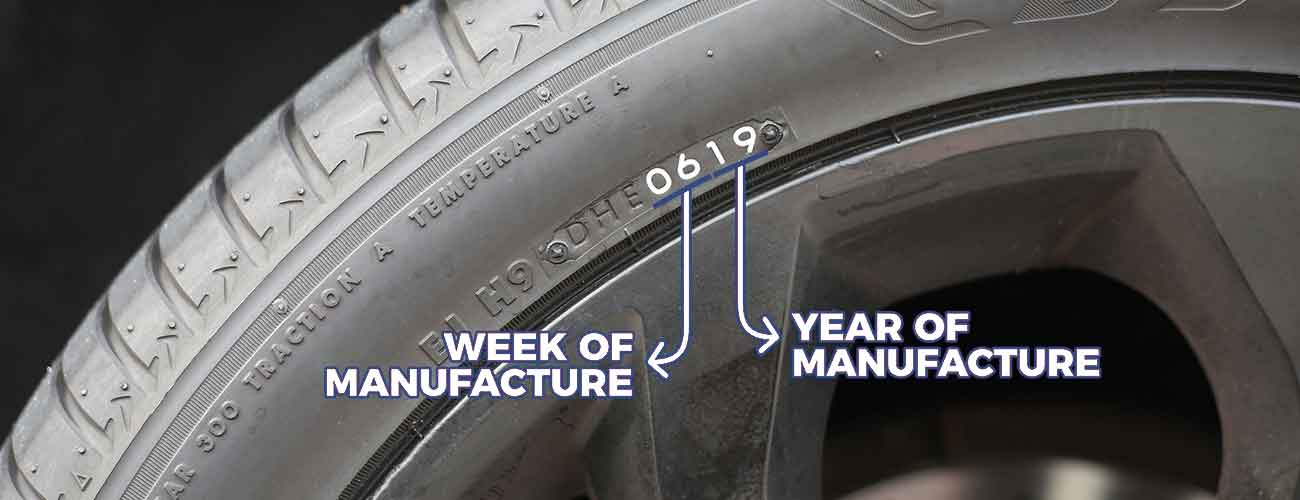
Check your tyres' age
Your tyres are imprinted with their birthdates - sort of. If you inspect your tyre, you will see the letters DOT followed by some numbers; the last four numbers tell you the week and year they were manufactured.
Of the last four numbers, the first two refer to the week and the second two refer to the year. If a tyre has "42 16" printed after "DOT", it will have been produced in the 42nd week of 2016.
There isn't a particular law about the age of tyres, but five-six years is a good yardstick. After this point, the rubber begins to wear and it becomes more prone to cracking.
Check your driving habits
Your driving habits can affect your tyres' condition - putting them under undue stress through excessive acceleration and braking wears them down. Hitting potholes in the road and taking speedbumps too quickly can also cause damage as these sudden impediments can knock your wheels out of alignment. If you take a consistent approach and drive smoothly, taking care to avoid holes and bumps in the road, your tyres will last much longer.
If you need to mount the kerb, e.g. if you're parking on a narrow street or need to get around a cumbersome obstacle, you should be mindful of how you do so. When in a situation where mounting the kerb is unavoidable, you should do it slowly and at an acute angle, i.e. less than 90 degrees. Mounting the kerb at the wrong speed or angle can weaken the tyre - this happens if the sidewall gets pinched between the kerb and the wheel. If a tyre becomes too weak, it can result in a blowout.
Check your wheel alignment
Having aligned wheels means that your tyres are being used evenly, not some tyres taking an uneven portion of the strain and wear due to unequal weight distribution.
Uneven wear and a vibrating steering wheel are both signs of misaligned wheels; if you notice either, drop your car into our Autocentre and we can check the tyres, wheels and alignment.
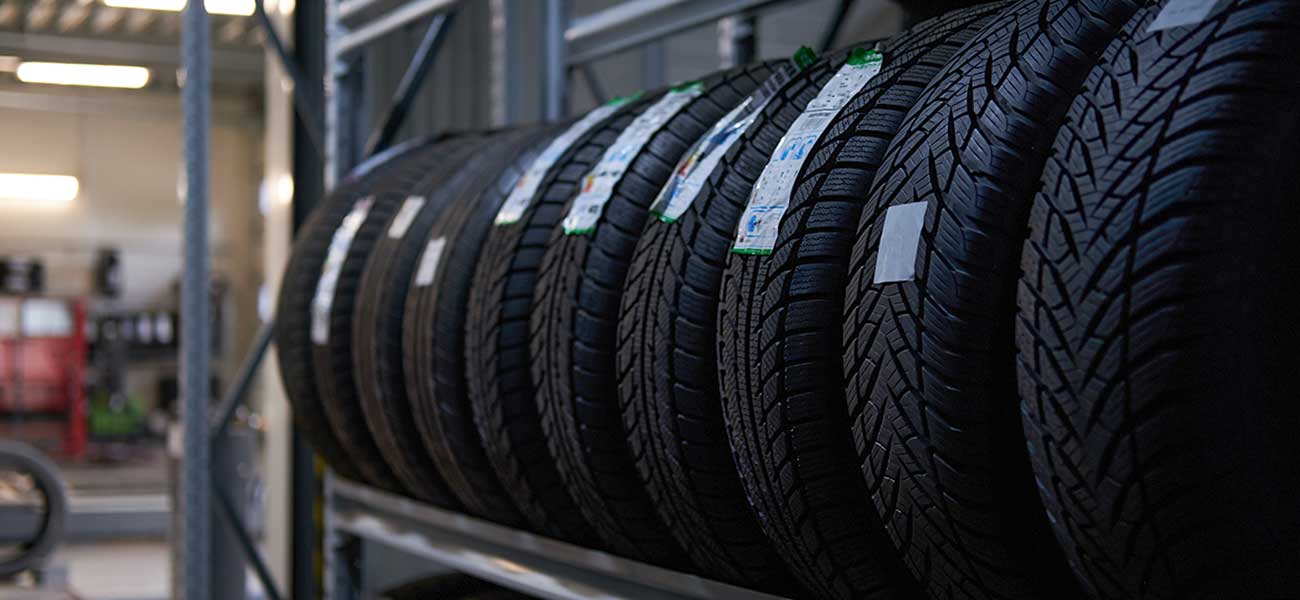
Rotate your tyres
Rotating your tyres means swapping your back tyres with your front tyres (and doesn't refer to simply spinning your wheels, as that happens naturally when you drive!).
Rotating tyres is done because your front tyres wear more than your back ones, due to them handling the majority of the steering and braking; swapping them around helps lengthen their lifespan.
Ideally, car tyres should be rotated every 6,000 miles - if you have a 4x4 vehicle, this recommendation drops to about every 4,000 miles.
Use seasonal tyres
Tyres, being made from versatile rubber, can be made to meet seasonal requirements, such as some tyres are designed for colder temperatures while others are more suited to warmer temperatures. Using seasonal tyres helps give you the best handling and traction year-round while reducing the risk of thermal-related damage to your tyres.
Tyres for colder temperatures, or winter tyres, have a higher proportion of rubber which helps them keep their elasticity when the mercury drops, allowing them to maximise grip at 7°c or lower. There is a common misconception that winter tyres are only suited for snowy or icy conditions but that's not true; the simple fact is they are suited for cold weather.
When it starts to get warmer in spring, you should change your winter tyres for summer ones that like the heat.
Take care of your spare tyre
As well as checking the pressure of your spare tyre, as we mentioned above, it's important to store your spare correctly.
Don't put excess weight on it for prolonged periods of time as this can cause the tyre to lose its shape and it may not fit the wheel correctly. Keep it in a dry area away from excessive heat and other objects or substances that could harm or deform the rubber.
It's important to remember that some cars won't be sold with a full spare tyre, but instead either a space saver tyre or a tyre inflation kit:
- A space saver tyre is a smaller and thinner tyre which is only designed to get the car to a safe place for a full tyre to be fitted. Most cannot be driven over 50mph and should not be driven for more than 50 miles.
- A tyre inflation kit combines a compressor with a bottle of puncture-sealing adhesive gel. Plug the compressor into a 12-volt outlet/cigarette lighter before plugging the bottle of mousse into the compressor. This pumps both air and gel into the tyre through the valve. As the air is pumped into the tyre, it forces the gel to the outside of the tyre where it fills any hole air is escaping through.
Both should still be checked regularly to ensure they are in a useful condition, and for tyre inflation kits, the kit is still in date as this could affect its effectiveness.
How Carbase can help
Our 3 Autocentres in Bristol, Weston-super-Mare and Lympsham are all staffed by fully trained and highly skilled technicians, all here to help you and your vehicle.
Even if you didn't buy your car from Carbase, our team will help fix and maintain your vehicle to the highest standards - we're a RAC Approved Dealer and we provide RAC Approved Preparations Standards, meaning we always work to the highest quality.
Get in touch today if you think your tyres need checking or replacing.
More Useful Articles

Common MOT Fails And How To Avoid Them
An MOT refers to the annual test required to keep most vehicles roadworthy and stands for Ministry of ...

Payment Assist
Take away the stress today and split your payment into 4 equal amounts... and best of all ...

Why The Interior Of Your Car Is Just As Important
When it comes to ensuring that your car remains in pristine condition, it's not just the outside ...
